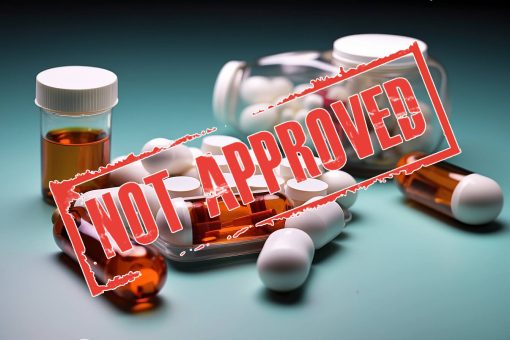Drug makers raise prices of more than 700 drugs, including Ozempic and Monjaro.

Pharmaceutical companies have raised the prices of more than 700 drugs, including the popular weight-loss drugs Ozempic and Monjaro, an industry survey found.
According to 46 Brooklyn’s analysis, the average price increase at the beginning of the year was about 4.5%. This is a somewhat slower pace than in the previous five years, when drug prices rose an average of about 5% each year.
Notable price increases were for Ozempic and Mongiaro, a class of drugs called GLP-1 agonists. These drugs are designed to help diabetics regulate blood glucose levels, but they have also proven to be effective weight-loss drugs, leading non-diabetics to seek these drugs to slim down. As a result, these drugs are in high demand and in short supply.
According to data from 46 Brooklyn, the price of Ozempic, manufactured by Novo Nordisk, rose 3.5% to $984.29 for a one-month supply, while Eli Lilly’s Monjarro rose 4.5% to about $1,000 for a one-month supply.
Eli Lilly did not immediately respond to a request for comment. In a statement to CBS Money Watch, Novo Nordisk said it “raises the list prices of some of its drugs each year in response to changes in the healthcare system, market conditions, and inflation.”
Many other widely used drugs are getting price increases this year:
- Autoimmune disease medication Enbrel rose 5%
- Pain medication Oxycontin rose 9%
- Blood thinner Plavix rose 4.7%
- Antidepressant Wellbutrin rose 9.9%
“Technically, most brand-name prescription drug fixed price increases occur in January or July of each year, but most often in January (thus, January gets the most attention).” and 46 Brooklyn wrote in a blog post about drug price increases.” By our count, more than 60% of fixed price increases for brand-name drugs that occur throughout each year since 2018 have been implemented in January.”
46 Brooklyn’s analysis may not reflect the cost of drugs that patients ultimately pay. Their analysis is based on wholesale acquisition cost, which is the price that drug manufacturers charge wholesalers who distribute drugs to pharmacies. Patients may pay less because of insurance coverage, rebates, or other discounts.
According to Novo Nordisk, its fixed prices are not representative of what most insured patients pay out of pocket. The company states, “After we set a fixed price, we negotiate with the companies that pay for our drugs (called payers) to ensure that our products remain on the formulary so that patients have access to our drugs.” These payers negotiate directly with health insurance companies to set drug prices and co-pays.”
Where drug prices are dropping
Not all drugs have gone up in price: an analysis showed that about two dozen drugs, including popular insulins, had significantly reduced their prices at the beginning of the year. The high price of insulin was noted by the Biden administration and health experts, and Human Rights Watch called insulin pricing in the US a human rights violation.
The drop in insulin prices came after Medicare, an insurance program for people aged 65 and older, set the maximum monthly price for insulin at $35. Because of this, some pharmaceutical companies have reduced the price of insulin for a wider group of patients. According to the analysis, the price of Novo Nordisk’s insulin drug, sold under the brand name Novolog, was down 75% from a year ago.
Other drugs whose prices have been reduced include:
- Erectile dysfunction drug Cenforce dropped 19%
- Antidepressant Prozac declined 18%
- Chronic obstructive pulmonary disease medication Advair declined 22% to 60%, depending on the formulation
While the number of drugs whose price decreased is small compared to the hundreds of drugs whose price increased, it is nonetheless “truly striking from a historical perspective,” 46Brooklyn notes.
“This phenomenon is particularly notable,” the organization notes, “because of the nature of the drugs that have decreased in price, especially those that have historically been used more frequently, such as insulin products, asthma and COPD inhalers, and central nervous system (CNS) drugs.










Comment